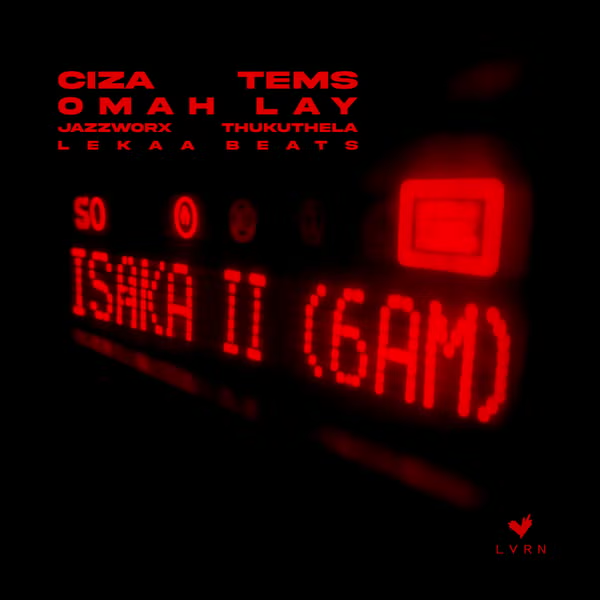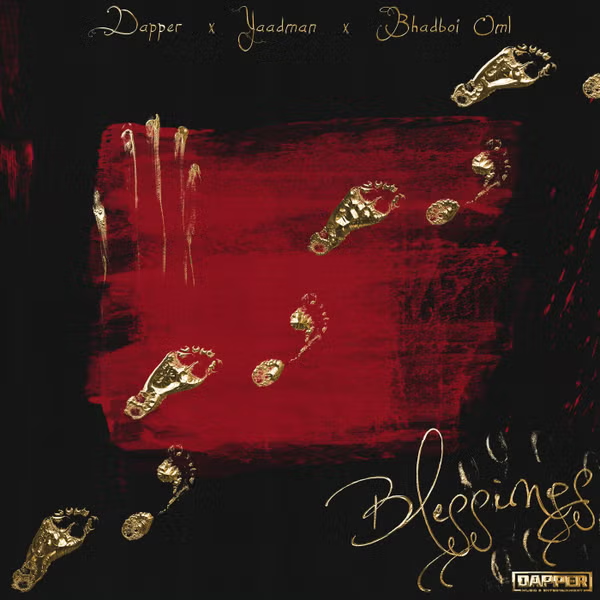The locus of Naga culture is the hill country of northeast India between Assam’s Brahmaputra Valley to the west and the Myanmar (Burma) border to the east. Naga tribe are descendants of the Angami tribe. The Angami are monogamous. There are two forms of marriage—one ceremonial, the other nonCeremonial.
The ceremonial form is desired as a symbol of status and consists of an elaborate ritual involving the ser
vices of a Marriage broker, the taking of omens, and the negotiation of a marriage-price (usually nominal).
The nonceremonial form involves the taking of a woman to the house of a man where they remain Kenna (forbidden) for one day. Divorce is allowed and is common.
The wife gets one-third of the couple’s joint property, exclusive of land. The divorced and widowed are permitted to remarry (though a widowed woman may not remarry into her deceased husband’s house).
Polygamy is not allowed and women are allowed freedom of choice in the selection of mates. By contrast, the Lhota are polygynous, a husband having as many as three wives. Young girls are pre
ferred and bride-prices are high; they are paid in installments over ten years.
Divorce among the Lhota is also common. Arranged marriages are the norm with women having no Freedom of choice in the selection of a spouse.
A husband may also allow his brother or nearest relative on his father’s side to have conjugal access to his wife when he is absent for any length of time. The Semas are also polygynous.
A Sema husband may have as many as five to seven wives. Sema women have freedom of choice in mate selection. As is the case among the Lhota, marriage-prices are high. Marital residence practices seem to differ among the various Naga tribes.
Part of the Angami marria
ge ceremony involves the giving of land to the new couple by the bridegroom’s parents.
The new couple works and eats on this land. This may be an indication of a patrilocal postmarital residence pattern. Part of the Ao betrothal process involves the husband’s construction of a marital home (location not indicated) with materials gathered from the
fields of his parents and the parents of his wife.














![Actress Zainab Balogun Meets Brazilian Legend Ronaldinho [Photo]](https://www1.illuminaija.com/wp-content/uploads/2018/11/6A0E6577-9B03-4E1B-840B-729A5F93A5A1.jpeg)











